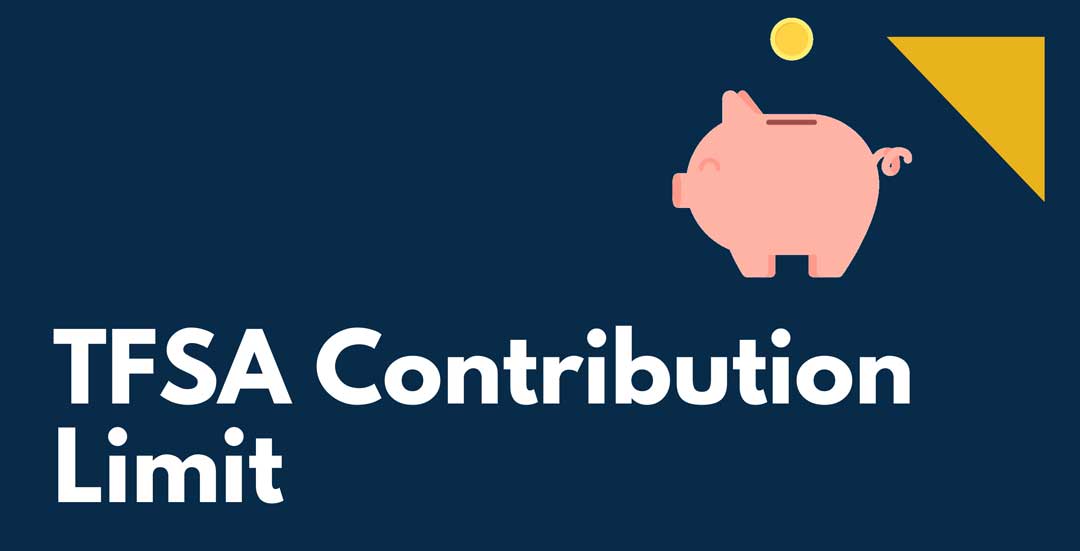
The TFSA new contribution limit for 2021 has been officially released. That limit is $6,000, matching the amount set in 2019 and 2020.
With this TFSA dollar limit announcement, the total contribution room available in 2021 for someone who has never contributed and has been eligible for the TFSA since its introduction in 2009 is $75,500.
The annual TFSA dollar limit is indexed to inflation and rounded to the nearest $500. The Canada Revenue Agency’s indexation increase in 2021 is 1.0%.
For clients who have withdrawn from TFSAs, their crystallized gains and losses from withdrawals are factored into their TFSA room. The formula is:
Unused TFSA contribution room to date + total withdrawal made in this year + next year’s TFSA dollar limit = TFSA contribution room at the beginning of next year
Here are the dollar amounts by year:
| For 2009, 2010, 2011, and 2012: | $5,000 |
| For 2013 and 2014: | $5,500 |
| For 2015: | $10,000 |
| For 2016, 2017, and 2018: | $5,500 |
| For 2019, 2020 and 2021 | $6,000 |
Anyone 18 or older and who has a valid social insurance number is eligible to open a TFSA. The contribution room accumulates beginning in the year in which a person turns 18.
While contributions to a TFSA are not tax-deductible, withdrawals are tax-free. Money withdrawn from a TFSA in a future year can be used to make a down payment on a home or purchase a car, for example.
“If [the TFSA holder’s] tax rate is higher at that time, they realize a benefit accessing tax-free income from their account as opposed to having to pull out taxable income [as from an RRSP],” George said.
Here is the TFSA lifetime contribution room for individuals who have never made a TFSA contribution, for 2020 and 2021, based on age.
| Year individual turned 18 | Total unused contribution room in 2020 | Total unused contribution room in 2021 |
| 2009 or earlier | $69,500 | $75,500 |
| 2010 | $64,500 | $70,500 |
| 2011 | $59,500 | $65,500 |
| 2012 | $54,500 | $60,500 |
| 2013 | $49,500 | $55,500 |
| 2014 | $44,000 | $50,000 |
| 2015 | $38,500 | $44,500 |
| 2016 | $28,500 | $34,500 |
| 2017 | $23,000 | $29,000 |
| 2018 | $17,500 | $23,500 |
| 2019 | $12,000 | $18,000 |
| 2020 | $6,000 | $12,000 |
| 2021 | 0 | $6,000 |
Federal tax bracket thresholds for 2021
- The 33.0% tax rate begins at taxable income of over $216,511, up from $214,368 in 2020.
- The 29.0% tax rate begins at taxable income of over $151,978, up from $150,473 in 2020.
- The 26.0% tax rate begins at taxable income of over $98,040, up from $97,069 in 2020.
- The 20.5% tax rate begins at taxable income of over $49,020, up from $48,535 in 2020.
- Income below $49,020 is taxed at 15.0%.
The basic personal amount for 2021 is $13,808 for taxpayers with a net income of $151,978 or less. At income levels above $151,978, the basic personal amount is gradually clawed back until it reaches $12,421 for a net income of $216,511.
Source: Advisor’s Edge
Newsletters
No Results Found
The page you requested could not be found. Try refining your search, or use the navigation above to locate the post.
Events & Sponsorship
No Results Found
The page you requested could not be found. Try refining your search, or use the navigation above to locate the post.
Articles & Publications
Keeping payroll on course during crisis
Staffing changes and government relief measures add to payroll management challenges during the pandemic Of the many business challenges that have emerged from the disruption of the COVID-19 crisis, the human resources implications have been some of the most difficult...
2 million Canadians who haven’t yet filed taxes could face benefits interruption
Even in the warped reality of the COVID-19 pandemic, Canadians must file their taxes to receive many of the benefits they’re entitled to. Around two million people could face interruptions to some federal and provincial payments if they wait too long to send in their...
CEWS Update – Federal Government redesigns CEWS for Period 5 and onwards
On July 17, 2020, the Government of Canada released details, as well as draft legislation, in respect of a redesigned Canada Emergency Wage Subsidy (CEWS) program effective from July 5, 2020. Pursuant to the backgrounder, the estimated total fiscal cost in 2020-21 for...
Canada Emergency Wage Subsidy (CEWS)
The Canada Emergency Wage Subsidy (CEWS) supports employers that are hardest hit by the pandemic, and protect the jobs Canadians depend on. The subsidy generally covers 75% of an employee's wages – up to $847 per week - for employers of all sizes and across all...
Canada Emergency Response Benefit
What is the Canada Emergency Response Benefit If you stopped working because of COVID-19, the Canada Emergency Response Benefit (CERB) may provide you with temporary income support. The CERB provides $500 a week for up to 16 weeks. How to apply We will start accepting...